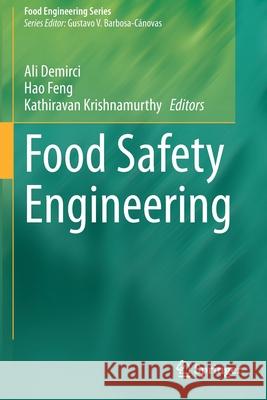Food Safety Engineering » książka
topmenu
Food Safety Engineering
ISBN-13: 9783030426620 / Angielski / Miękka / 2021 / 760 str.
Food Safety Engineering
ISBN-13: 9783030426620 / Angielski / Miękka / 2021 / 760 str.
cena 1127,15
(netto: 1073,48 VAT: 5%)
Najniższa cena z 30 dni: 848,19
(netto: 1073,48 VAT: 5%)
Najniższa cena z 30 dni: 848,19
Termin realizacji zamówienia:
ok. 22 dni roboczych.
ok. 22 dni roboczych.
Darmowa dostawa!
Kategorie:
Kategorie BISAC:
Wydawca:
Springer
Seria wydawnicza:
Język:
Angielski
ISBN-13:
9783030426620
Rok wydania:
2021
Wydanie:
2020
Numer serii:
000156611
Ilość stron:
760
Waga:
1.06 kg
Wymiary:
23.39 x 15.6 x 3.91
Oprawa:
Miękka
Wolumenów:
01
Dodatkowe informacje:
Wydanie ilustrowane











